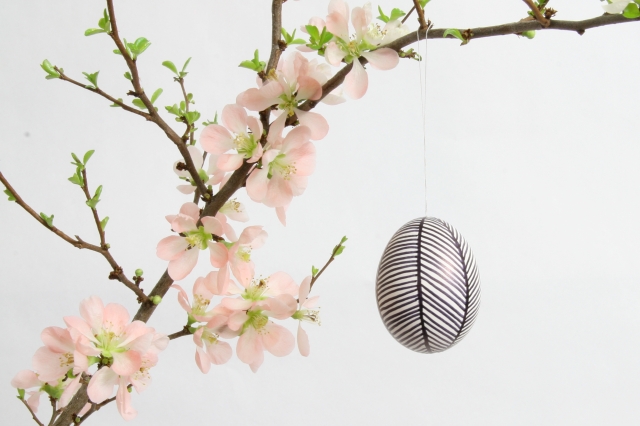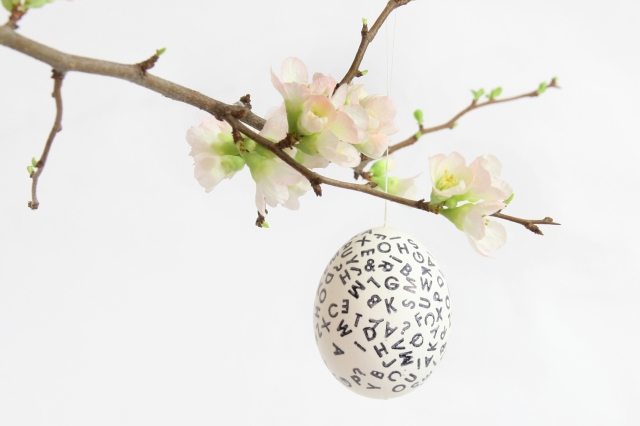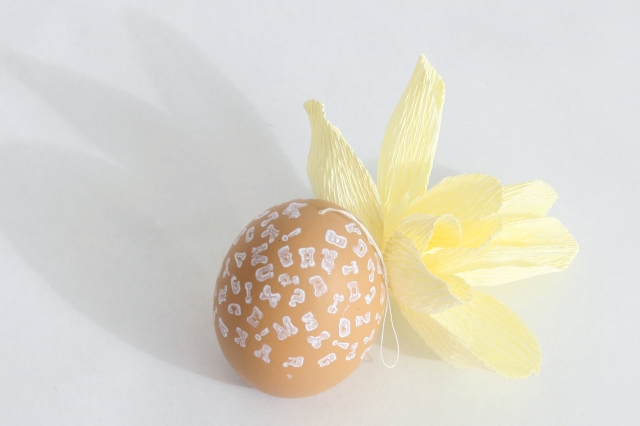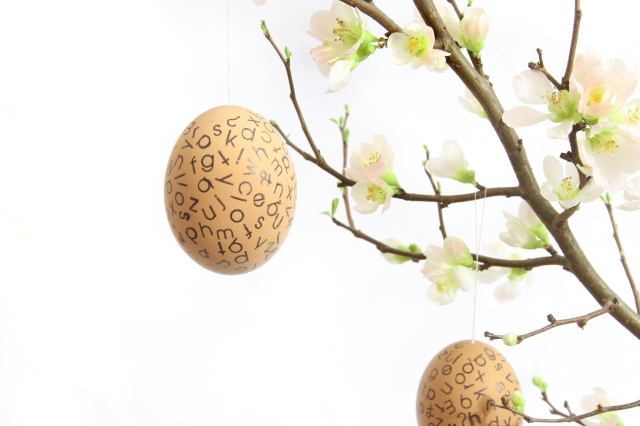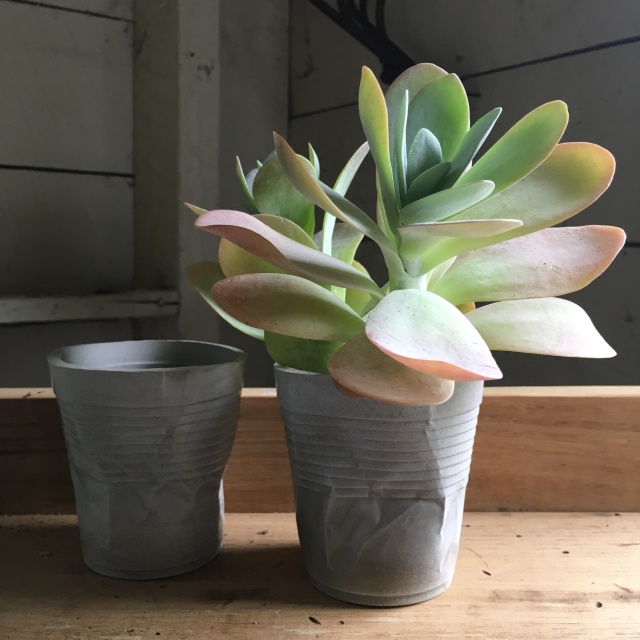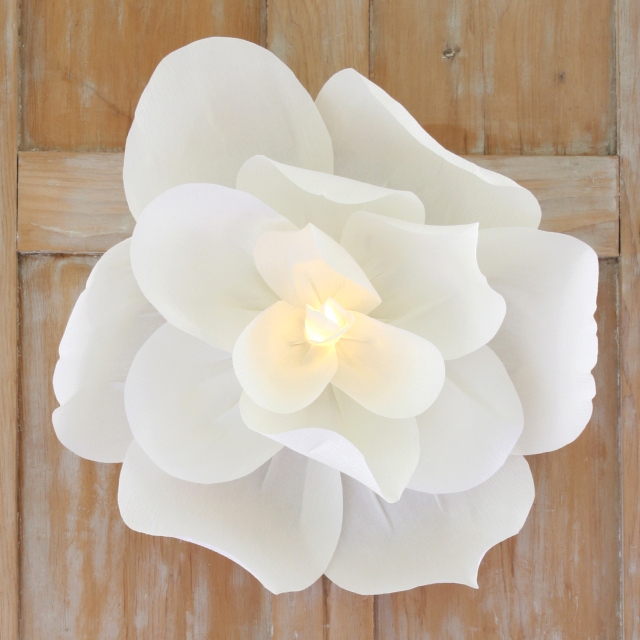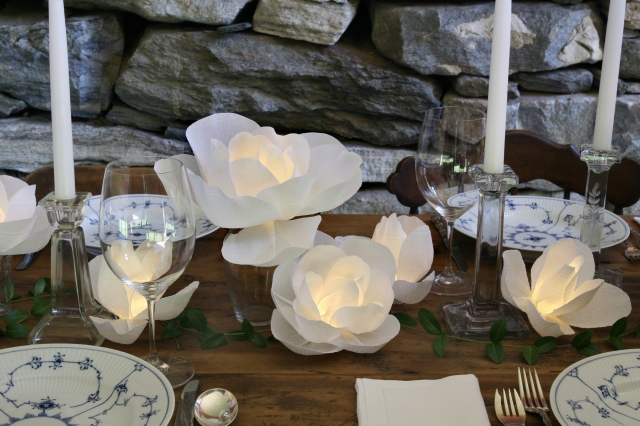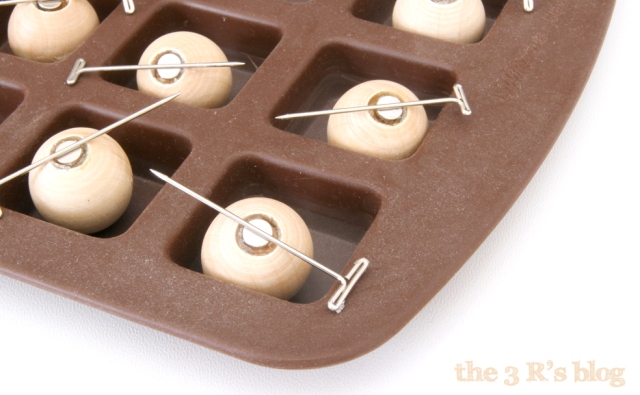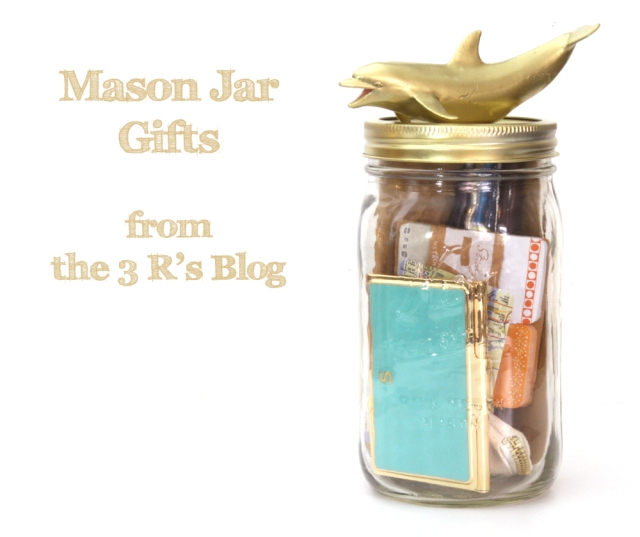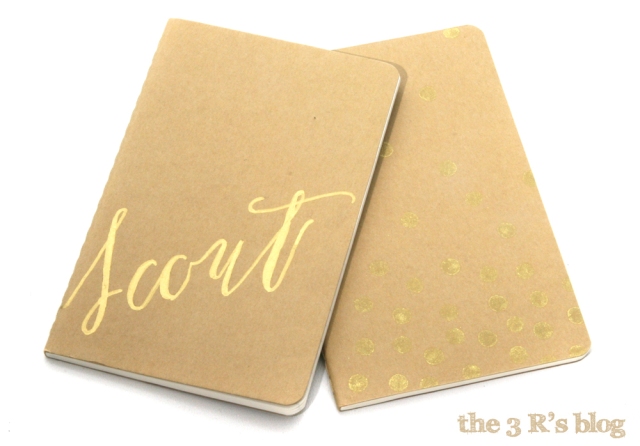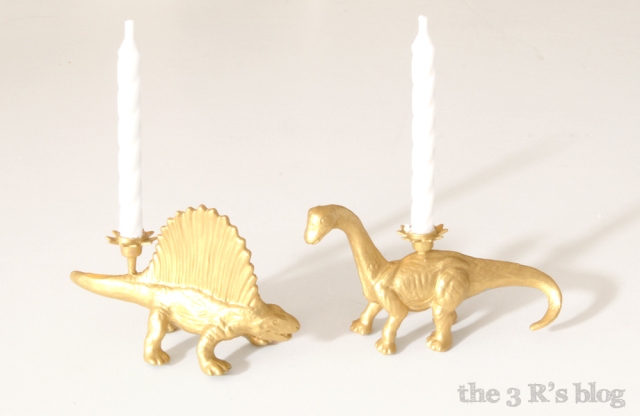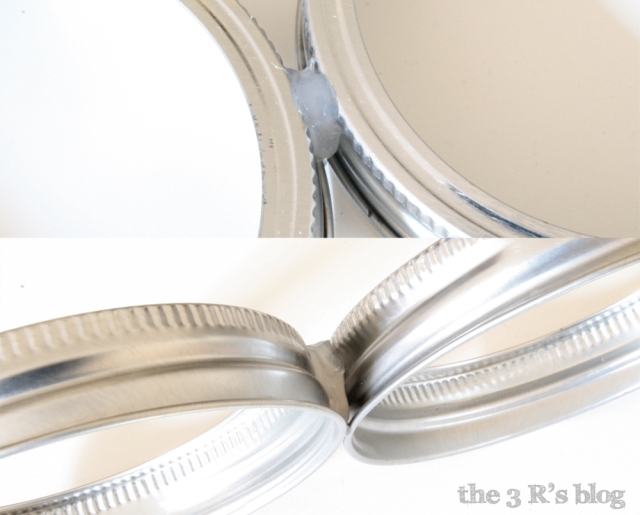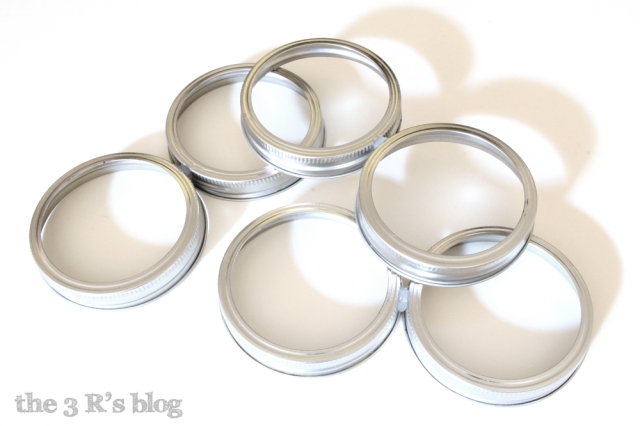Quick question, who doesn’t love little plastic animals? If you raised your hand you might want to leave now, because this project is all about the amazingness of some small plastic dinosaurs! (And don’t worry, you can easily substitute your own favorite animal or plastic figurine, the tutorial works either way.) If you have spent any time in the last few years on Pinterest or checking out craft blogs you’ve probably seen many, MANY, projects made using little plastic animals, and that’s because they are the cutest things around! I think it has to do with reliving your childhood, but it could just be because they are fun. For this project I chose dinosaurs.

I had originally wanted to make a ring holder out of a giraffe, but my local Michaels didn’t have any sets of animals with giraffes, and the more I thought about it the more I realized that while giraffes are perfect for holding rings, they don’t exactly live with a lot of other long necked animals… And then I spotted the dinosaurs and knew I just had to choose them instead. I love dinosaurs. Not in the way little boys do, when they know everything about them and all their names and such, but I still love them. I trace it all back to this amazing children’s book I had as a kid about a little boy who imagined dinosaurs everywhere in his life. Thanks to some internet research I think the book was called “Patrick’s Dinosaurs” by Carol and Donald Carrick. Add on the fact that I’m a science teacher and basically I just think dinosaurs are cool. And, they happen to have nice long necks and small heads, perfect for holding rings!
Materials: Wood block, Small plastic animals, Super glue, Spray paint
 Step 1: Choose your animals. My box of dinosaurs came with 14 dinosaurs, with some of them being duplicates. I knew I wanted all my featured dinosaurs to be unique, so I could weed out the duplicates, but then I basically chose ones that looked fun and also would easily hold my rings. Well, except for the Triceratops, I chose him simply because I’ve always liked Triceratops.
Step 1: Choose your animals. My box of dinosaurs came with 14 dinosaurs, with some of them being duplicates. I knew I wanted all my featured dinosaurs to be unique, so I could weed out the duplicates, but then I basically chose ones that looked fun and also would easily hold my rings. Well, except for the Triceratops, I chose him simply because I’ve always liked Triceratops.  Step 2: Arrange your animals. This really goes hand in hand with Step 1, because I laid them out as I chose them, to see how many dinosaurs I could fit. Some of them had long tails for balance so that took up more space, and I decided I didn’t want to squish as many as possible, I wanted them to have some room to breath, so I ended up with 6 on my piece of wood. (Which is a piece of basswood, 10 inches long and 1 3/4 inches square.) I also tested them out to make sure my rings would actually fit as I imagined.
Step 2: Arrange your animals. This really goes hand in hand with Step 1, because I laid them out as I chose them, to see how many dinosaurs I could fit. Some of them had long tails for balance so that took up more space, and I decided I didn’t want to squish as many as possible, I wanted them to have some room to breath, so I ended up with 6 on my piece of wood. (Which is a piece of basswood, 10 inches long and 1 3/4 inches square.) I also tested them out to make sure my rings would actually fit as I imagined.


Step 3: Glue your animals. For this project I decided super glue was best, because you wouldn’t see it like you might see hot glue. I think you could also use something like E6000 or an epoxy resin, but I didn’t feel it was necessary. The super glue makes a pretty solid bond, especially given the porous nature of the wood, and I didn’t need these animals to hold anything all that heavy. Plus I love how fast super glue is! Two key points though. First, glue before you paint, that way the paint can seal the connection between the animal and the wood. If you try to paint them first, then you’ll end up with the paint-plastic being the bond that has to hold, not the glue-plastic, and trust me the paint-plastic bond is not that strong. Second, as I have recently learned from my friend Erin, the key to super glue is ‘less is more.’ Use it very sparingly. I basically smeared one drop on each foot of my animals so there was a thin layer coating the surface that would touch the wood. Also make note if any other part of the animal touches the wood, like the tail, and secure that appendage as well. Once you have added glue to all the points of contact between the animal and the wood, gently hold it in place for a few seconds. I found the connection seemed pretty secure, even before I added the paint.

Step 4: Paint! I decided that given the odd shape of the animals and the plastic, spray paint was really best. I chose white, because I was going for a porcelain look once it was finished, and luckily I already had a can of gloss white on hand. And yes, in theory the spray paint worked just fine. However I really wish I’d taken the time to prime the whole piece, especially the wood. I found the wood soaked up the paint really easily and so I had to do a million coats. (Like 8-10 maybe over a week.) And despite all that there are still bits of green showing through on some of my dinosaurs. So, if I were to do this again, I’d get primer, or even just a nice thick acrylic paint and a paint brush and I’d give the whole thing a good coat or two before turning to my spray paint. I do like how the spray paint built up and dulled some of the detail of the plastic figures, because then they took on more of the porcelain look I was going for. Because I live in NYC, spray painting is not all that easy to do, but I discovered that for small projects like this I can place the item to be painted into a cardboard box, and then carry it out to my building’s back alley and paint straight into my box. The fumes blow away on the wind but none of the actual paint gets on anything else because it has all been captured by the box. One key to spray paint is patience. You want to do thin coats, holding the can at least 6-12 inches away from your object. Go slowly. If you decided to just hand paint everything you could have the ability to paint the animals different colors. In that case you might want to wait and glue the animals down after you paint them, just make sure there is no paint on any of the connection points between the animal and the wood.


Step 5: Decorate and enjoy! I found that my dinosaurs were perfect for holding my rings, and I could even leave small earring studs that matched my rings sitting on the wood at the dinos feet.

I haven’t tried out all of my dinos yet, because the paint on the plastic parts still wasn’t quite dry when I did my final photo shoot, but so far I’m pleased with how it is working and I’m hoping this will make wearing jewelry on a daily basis easier and more fun! You could also do this on a smaller scale with just one or two figurines if you didn’t want such a large built up piece sitting on your counter all the time. One larger dinosaur to hold your wedding ring at night could be very nice.

I haven’t tried this yet, but I’m betting that I could also hang some simple dangly earrings from my dinos short little arms or tails, and I could even drape a small bracelet around one of the dinos on the end, so this could really become a multi-purpose jewelry holder instead of being just for rings. Either way I’m pleased with the result, even if the painting process didn’t go as smoothly as I originally thought it would.
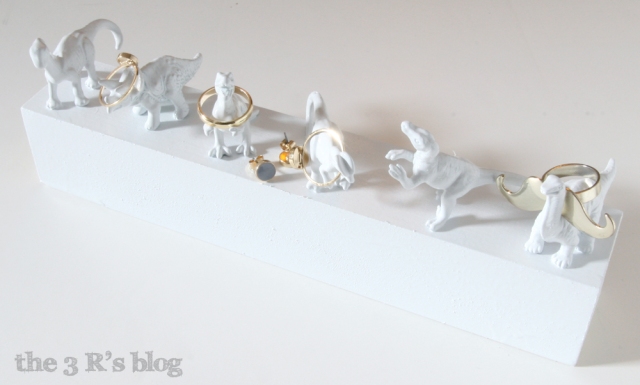
If you could make your own jewelry holder, which animals would you choose?
Ciao, Allison







 involved blowing out the eggs first, so you can eat the liquid egg. Then I created a sort of egg dipping handle, using a bent paperclip. I had a small bend at one end, and then after sliding the hollow egg onto the paperclip I bent the long end up in the opposite direction to serve as a handle. I could then hold onto the long end and use it to dip the egg down through the nail polish without the hollow egg floating.
involved blowing out the eggs first, so you can eat the liquid egg. Then I created a sort of egg dipping handle, using a bent paperclip. I had a small bend at one end, and then after sliding the hollow egg onto the paperclip I bent the long end up in the opposite direction to serve as a handle. I could then hold onto the long end and use it to dip the egg down through the nail polish without the hollow egg floating. My first attempts were cool, but had limited marbling and few white areas. I think my problem was too much polish, but also too small a surface area of water. So I tried again with a larger container and while I was able to get more white areas, I was also really struggling with the nail polish forming a film too quickly and then not sticking properly to my eggs. Though I have to say I ended up with some pretty cool finished products, I don’t know if I’d call it ‘marbled’ per se. (See image to left.) I had been using room temperature water like the Alice & Lois tutorial recommended, but with some further research it sounds like hot water might have been better, it might have slowed the polish hardening.
My first attempts were cool, but had limited marbling and few white areas. I think my problem was too much polish, but also too small a surface area of water. So I tried again with a larger container and while I was able to get more white areas, I was also really struggling with the nail polish forming a film too quickly and then not sticking properly to my eggs. Though I have to say I ended up with some pretty cool finished products, I don’t know if I’d call it ‘marbled’ per se. (See image to left.) I had been using room temperature water like the Alice & Lois tutorial recommended, but with some further research it sounds like hot water might have been better, it might have slowed the polish hardening.




